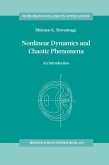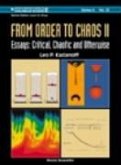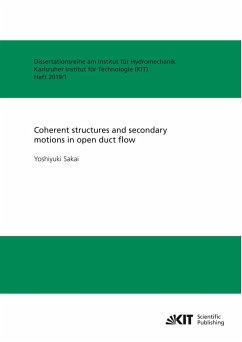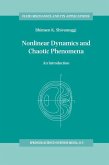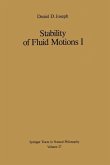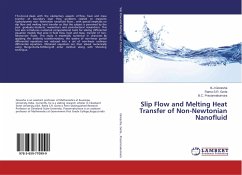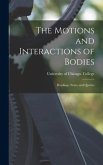Friction induced self-sustained oscillations results in a very robust limit cycle that characterizes stick-slip motion. This type of motion, in which two sliding surfaces cycle between rest and motion, is a widely observed phenomenon whose effects range from atomic to macroscopic length scales. Most of the contact areas between two surfaces are not of regular shape. To take into account these irregularities in our models, the Remoissenet-Peyrard substrate potential, which is more suited for modeling real physical systems is considered. This work shows that the ignorance of the deformability properties of mechanical systems may lead to inaccurate predictions for their dynamics. It can then be viewed as a contribution to the study of stick-slip phenomena and friction, and the control of unwanted vibrations. The above assumption allows to obtain the sufficient conditions leading to the reduction of stick-slip and chaotic motions in physical systems whose shape can be modeled by a non sinusoidal substrate potential.

